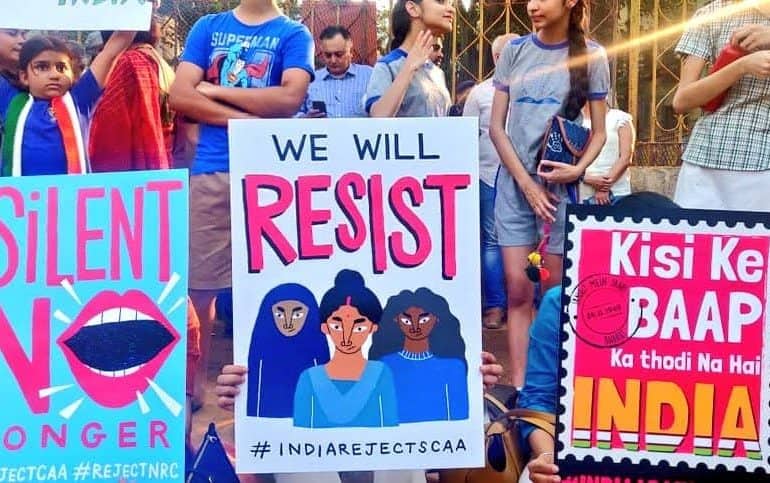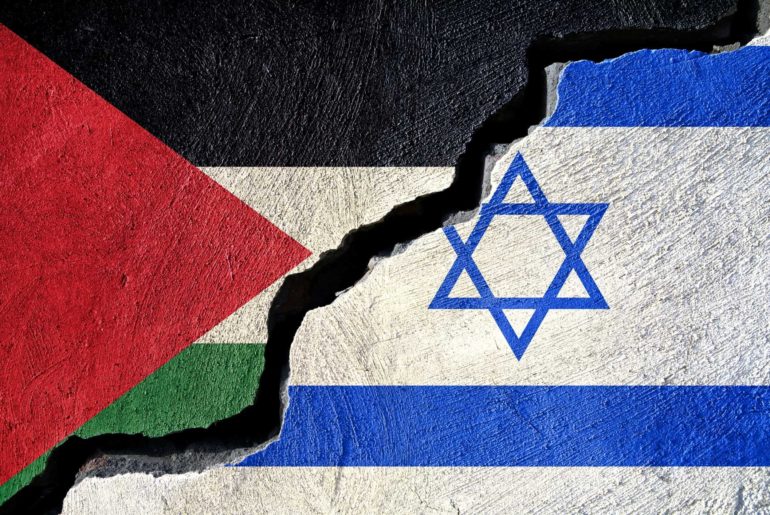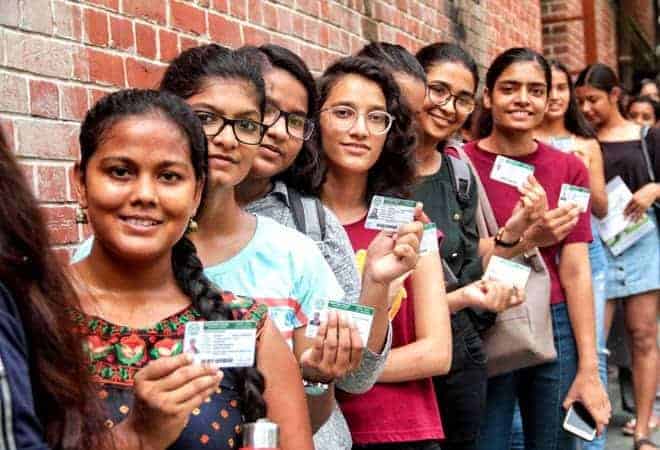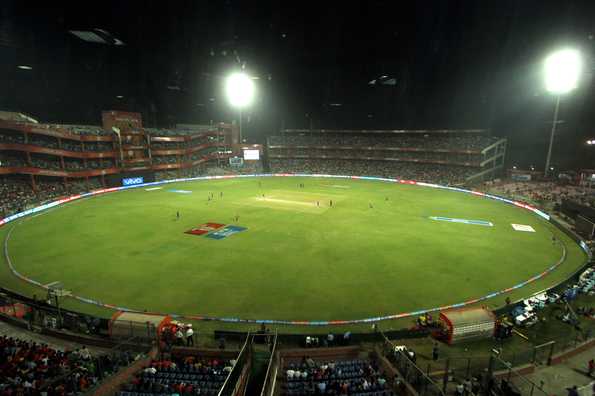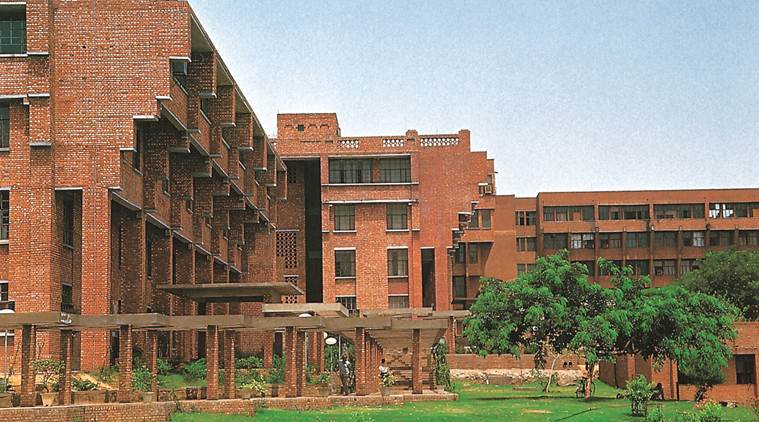Students have taken up the dissenting role in society against brutality and unconstitutional laws, but how does it affect ones mental health and what are some measures they can take?
Student led protests all over the country and especially in the capital have rocked the Nation. As more and more students take to the streets and fight for their idea of India, it has become quite easy to see student protesters as one uniform body. However, vilifying by several media outlets have also led to many forgetting that these are simply just students, who are protesting for what they think is right. For many of us, it is all a new and scary, which might affect us in ways we aren’t aware of and hence, we should not forget to take care of our mental health.
Many students had read about State suppression and brutality in their history books, but seeing it happen in real time in the country and the city where one lives can be a lot to comprehend rationally. Aditi Gutgutia, a first year student from LSR, shared “I’ve heard my friends cry over these atrocities. I’m seeing my country, it’s people, fall to a ground where there doesn’t seem to be any coming back from. And I’m scared. I have never been this vocal or even aware about politics, but now I realize how crucial it is to stand up for what you believe is right. “
In such a politically charged atmosphere, everyone has different opinions and constant defending of one’s opinions can also prove tiring. Bhavika, a DU student and founder of The Happy Company, an online platform where people can reach out for psychological help brings this into view with a different perspective. She said “ we received a messages from people of both sides of the argument. As an individual I have my own political views but as a psychological assistant, it’s my duty to detach myself from those views while listen to someone venting out, and this is how we’ve trained our Volunteers.Over the past few weeks, a lot of us have got into heated arguments over the issue, and that effects us and the other person, more than we think.”
Asmita, a member of Antaraal, which provides free psychological aid to all the students who are going through any form of psychological distress, brought into account that the emotions we feel are complex in this matter. “People are feeling a lot of despair because of whats going on, they are feeling afraid because either they or their friends are involved, they are also feeling very angry at the same time and wanting to do something. Its a lot of complex emotions. A lot of the calls that are coming in are from students who were not previously active in politics, and to them its a very new thing and they don’t know how to react, how much can they push, there is a lot of resistance from their families who are not very happy that they are doing this so they have to fight another battle at home.”
She also suggested some ways to keep one’s mental health at a stable place in these times. Firstly, she suggested not to deny emotions and feelings. She suggested not thinking about whether we are under-reacting or over reacting, and to be in touch with our emotions. She also pointed out the importance of taking a break, to refuel, get better and prepare and not feel that it is a lone fight, and try to look at the positive support from so many others. In the end she said that while emotions and rationality are not two separate things and we should embrace our emotions to help ourselves and others, it is also important to get educated and to talk to people who have more knowledge on the issue, because with information and not just an emotional argument, it will be very hard to dismiss us.
Feature Image Credits: The Wire
Prabhanu Kumar Das

